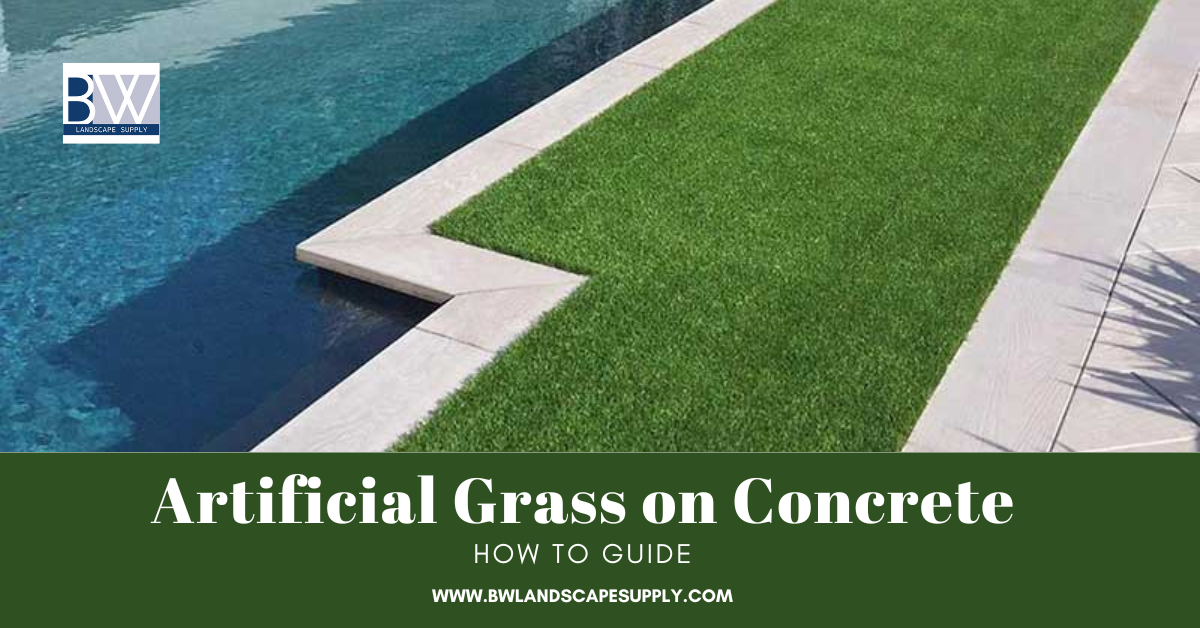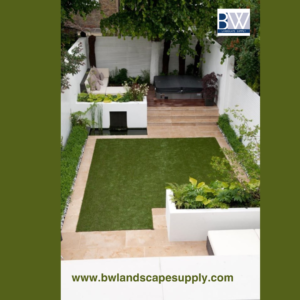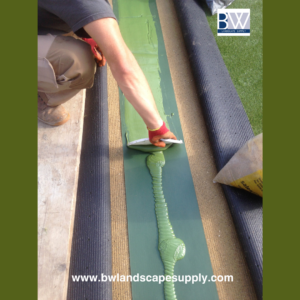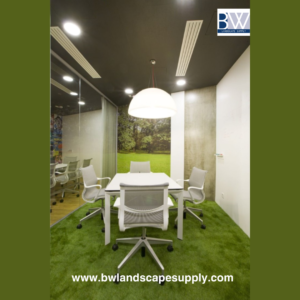Embracing the lush greenery of artificial grass is a fantastic way to revamp your concrete space, transforming it into a vibrant oasis. However, ensuring a secure and lasting installation requires the right adhesive. In this guide, we delve into what glue to use for artificial grass on concrete, uncovering the mysteries behind selecting the perfect glue. From expert recommendations to practical tips, let’s embark on this journey to elevate your outdoor haven.
What Glue to Use for Artificial Grass on Concrete
Artificial grass has become famous for landscaping projects due to its low maintenance and aesthetic appeal. However, one common challenge many face is determining what glue to use for artificial grass on concrete. This article will explore the different types of glue suitable for this purpose, factors to consider when choosing glue, preparation steps, application techniques, maintenance tips, and frequently asked questions to help you achieve a seamless and long-lasting artificial grass installation.
Types of Glue for Artificial Grass on Concrete
a) Polyurethane Glue
Polyurethane glue is popular for bonding artificial grass to concrete surfaces due to its strong adhesive properties and flexibility. It forms a durable bond that can withstand varying weather conditions, making it ideal for outdoor applications. Additionally, polyurethane glue is resistant to moisture, ensuring that your artificial grass remains securely attached to the concrete surface.
b) Latex-based Adhesive
Latex-based adhesive is another option for installing artificial grass on concrete. It provides a strong bond and is easy to apply, making it suitable for DIY enthusiasts. The flexible latex-based adhesive allows the artificial grass to expand and contract with temperature changes without compromising the bond. However, it may not be as durable as polyurethane glue in extreme weather conditions.
c) Pressure-sensitive Adhesive
Pressure-sensitive adhesive is a convenient option for temporary installations or areas where the artificial grass may need to be removed or replaced frequently. It requires no mixing or curing time and bonds to the concrete upon application of pressure. While pressure-sensitive adhesive offers ease of use, it may not provide the same durability level as other glue types.
Factors to Consider When Choosing Glue
Before selecting a glue for your artificial grass installation, it is essential to consider various factors to ensure a successful outcome.
1) Climate and Weather Conditions
Your region’s climate plays a significant role in determining what glue to use for artificial grass on concrete installation. If you live in an area with extreme temperatures or frequent rainfall, opt for a glue that offers superior weather resistance and durability.
2) Surface Porosity
The porosity of the concrete surface also affects the choice of glue. Highly porous surfaces may require a primer or additional adhesive to ensure proper bonding, while smoother surfaces may necessitate a stronger adhesive.
3) Application Method
Consider the application method preferred for the glue. Some adhesives come in pre-mixed formulas, while others require mixing before application. Choose a method that aligns with your skill level and project requirements.
Preparation Before Applying Glue
Properly preparing the concrete surface before applying glue for artificial grass installation is crucial to ensure a solid and long-lasting bond.
a) Surface Cleaning
Thoroughly clean the concrete surface to remove any debris, dirt, or grease that may interfere with adhesion. Use a pressure washer or scrub brush to achieve a clean and smooth surface.
b) Surface Priming
For highly porous concrete surfaces, apply a primer to enhance adhesion and promote a stronger bond between the glue and the surface.
c) Temperature Consideration
Ensure that the temperature conditions are suitable for glue application. Most adhesives have specific temperature requirements for optimal bonding, so check the manufacturer’s instructions before proceeding.
Step-by-Step Guide to Applying Glue for Artificial Grass on Concrete
Follow these steps for a successful artificial grass installation on concrete using glue:
1) Measure and Cut the Grass
Measure the area where you plan to install the artificial grass and cut the grass to fit accordingly, leaving a slight overhang along the edges for trimming later.
2) Apply the Glue
Apply the chosen adhesive to the concrete surface using a trowel or adhesive spreader, ensuring even coverage throughout the area.
3) Secure the Edges
Press the edges of the artificial grass firmly into the glue, ensuring a secure bond. Use weights or heavy objects to hold the edges while the glue sets.
Tips for Ensuring a Strong Bond
To achieve the best results when bonding artificial grass to concrete, consider the following tips:
- Use proper tools and equipment for installation, including trowels, adhesive spreaders, and utility knives.
- Follow the manufacturer’s instructions for mixing and applying the adhesive to ensure optimal bonding and performance.
- Allow sufficient curing time per the adhesive manufacturer’s recommendations before subjecting the artificial grass to foot traffic or heavy use.
Maintenance and Care Tips
Once the artificial grass is installed, proper maintenance is essential to preserve its appearance and longevity. Here are some maintenance tips to keep in mind:
- Regularly remove debris, leaves, and other organic matter from the surface of the artificial grass to prevent buildup and maintain its aesthetic appeal.
- Rinse the artificial grass periodically with water to remove dust and dirt accumulated over time.
- Avoid placing heavy objects or furniture on the artificial grass for an extended period, as this may cause an indentation or damage to the fibers.
Best Artificial Grass and Landscaping Supplier in Hayward California
Blue Wagon Landscape Supply Store, located in Hayward, California, is your premier destination for top-quality artificial grass and landscape supplies. Our comprehensive selection includes everything you need for your landscaping projects, from premium artificial grass to specialized glue for artificial turf installation on concrete. We pride ourselves on offering the best landscape materials and tools in the area, ensuring that your projects are completed with ease and precision. Visit us today and discover why we are the go-to choice for landscape enthusiasts in Hayward and beyond.
Transform your outdoor space with Blue Wagon Landscape Supply Store. Visit us today!
Conclusion
Choosing the suitable glue for artificial grass installation on concrete ensures a successful and long-lasting outcome. By considering factors such as climate, surface porosity, and application method, you can select what glue to use for artificial grass on concrete. Proper preparation of the concrete surface and following the manufacturer’s instructions for adhesive application are key to achieving a strong and durable bond. With the right glue and installation techniques, you can enjoy a beautiful, low-maintenance artificial grass lawn for years.
FAQs about What Glue to Use for Artificial Grass on Concrete
Can I use any glue to install artificial grass on concrete?
While various types of glue may work for this purpose, it’s essential to choose one specifically designed for outdoor use and capable of bonding to concrete surfaces effectively.
How long does it take for the glue to dry before I can walk on the artificial grass?
The drying time for the glue depends on factors such as temperature, humidity, and the type of adhesive used. Refer to the manufacturer’s instructions for specific drying and curing times.
Is it necessary to use a primer before applying the glue on the concrete surface?
Priming the concrete surface can enhance adhesion and ensure a stronger bond between the glue and the substrate, especially for highly porous surfaces.
Also Read:



